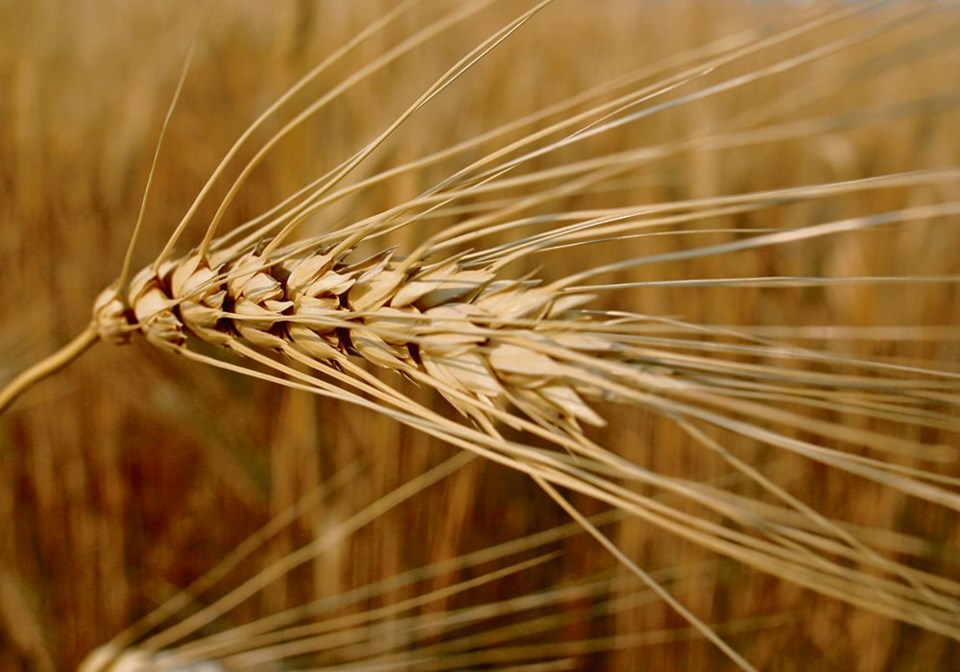SASKATOON — Canada has yet another fierce competitor to contend with in its former top market for durum.
Reports surfaced earlier this year about the sharp rise in Turkish and Russian durum exports to the European Union.
Those exports have severely restricted Canadian sales to Italy and other European Union countries.
The EU purchased 227,656 tonnes of durum from Kazakhstan through the first 31 weeks of the 2023-24 campaign, more than 10 times the volume of the same period one year ago.
The country now ranks fourth behind Turkey, Russia and Canada as the top suppliers of durum to the EU market.
The EU bought 1.7 million tonnes of durum from all suppliers through week 31, up from 1.03 million tonnes for the same period in 2022-23 and 933,706 tonnes in 2021-22.
Canada’s share of that volume has plunged to 19 percent in 2023-24 from 72 percent last year.
All that new competition could present problems for Canada’s 2024-25 marketing campaign as well.
Agriculture Canada is calling for a two percent increase in Canada’s seeded area of the crop this spring, to 6.1 million acres, the fifth largest in history.
Mercantile Consulting Venture agrees with that assessment. Managing partner Marlene Boersch said canola hasn’t been moving well, pulses have disease problems and durum has a nice price premium over spring wheat.
So, more durum will likely be planted and assuming average yields, that would produce 5.4 million tonnes of the crop, or 33 percent more than last year.
“Durum exports will need to be 33 percent greater than they are expected in the current marketing year,” she stated in her most recent market outlook report for SaskWheat.
If Canada can ship out 4.3 million tonnes in 2024-25, that would result in 700,000 tonnes of carryout, which would be 60 percent more than this year.
However, that’s a big if.
“It completely depends on what Turkey is going to do, partly because they’re in the market earlier than us,” Boersch said in an interview.
A couple of years ago Turkey agreed to allow pasta manufacturers to use milling wheat in place of durum, which has freed up the crop for export.
Turkey is expected to ship out 1.3 million tonnes of the crop in 2023-24, up from a previous high of less than 100,000 tonnes.
Boersch said Russia, Kazakhstan and Turkey all harvested exceptional crops last year. The timing was perfect because Italy’s crop quality was severely damaged by harvest rains.
She said next year’s durum market will once again hinge on what production is like in those three countries.
“With a bit of luck, we won’t see a third year of extraordinary yields in Russia,” said Boersch.
It will also depend on whether the Turkish government allow its pasta makers to continue using milling wheat in place of durum.
The third key factor is demand. On that front, she noted that some of the key durum-growing regions of Spain, Italy and North Africa are experiencing drought right now.
In the meantime, Canada’s exports for the 2023-24 campaign remain on track to meet Agriculture Canada’s 3.2 million tonne target, despite the lost sales in the EU market.
The United States has 450,000 tonnes of durum export sales on the books, which is 44 percent more than this time last year.
The U.S. Department of Agriculture is forecasting a nine percent increase year-on-year, so sales will need to slow down if that number is correct.
U.S. durum planting in 2024 is expected to be unchanged from last year at 1.7 million acres.
Contact [email protected]




